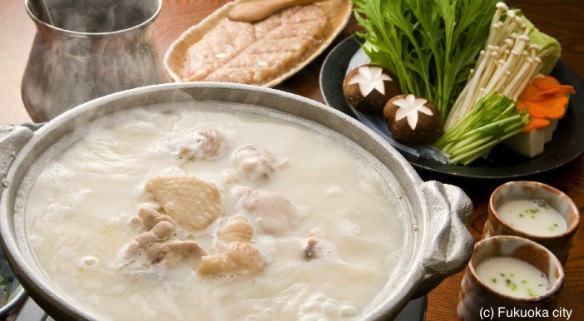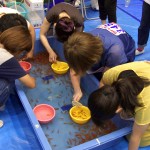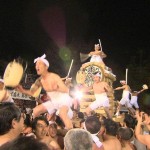TRAVEL

Traditional home dishes from the Gastronomic city
Hakata city, Fukuoka Pref.
TRAVEL
2014
30mins Episode(s): 1
english
Japanese




“Gameni stew", “Mizutaki hot-pot” and “Hakata Zoni stew” are some of the traditional dishes from the gastronomic city of Fukuoka.
This documentary focuses on the regional cuisines, which have been passed on generations by Hakatakko (Hakata local people) who are known for their high-spirited characters. It also talks about the recipes, and the history behind the dishes.
*Part of the 'Beauty of Japan' series.
This documentary focuses on the regional cuisines, which have been passed on generations by Hakatakko (Hakata local people) who are known for their high-spirited characters. It also talks about the recipes, and the history behind the dishes.
*Part of the 'Beauty of Japan' series.
Customers who watch this video also watch
-
Love Stories from Fukuoka
2020 50 min Love Stories from Fukuoka is a yearly TV drama that is aired around St. Valentines Day. Viewers from Fukuoka city, the capital of Japan's southern island of Kyushu, send in stories of their own experiences with love, loss, and longing. The program features many actors, celebrities, and athletes who...more details -
A Glimmer of Hope
 2005 Award of Excellence at the Media Arts Festival. With the traditional family challenged by growing society pressures in modern Japan, this drama depicts the conflict between a father and his children as each struggle to find their own way in life. The characters in the story come to discover the...more details
2005 Award of Excellence at the Media Arts Festival. With the traditional family challenged by growing society pressures in modern Japan, this drama depicts the conflict between a father and his children as each struggle to find their own way in life. The characters in the story come to discover the...more details -
The Castle town where Kingyo Goldfish swim Yamato koriyama city, Nara Pref.
2014 30minsKingyosukui, “goldfish scooping”, is one of the typical games often seen in summer festivals across Japan. The history of goldfish production in Yamato Koriyama city dates back to the mid-Edo period when the Yamato koriyama clansmen resided in their castle town. It is one of the three largest productions in...more details -
Traditional Festivals of Japan
2009 55 minsShrines and temples like Ise Jingu Shrine with a history of 2000 years are carefully preserved all over Japan. Traditional cultural festivals are held all over the country that take place in these very special shrines and temples. Five of these famous festivals have been captured on camera and each...more details



